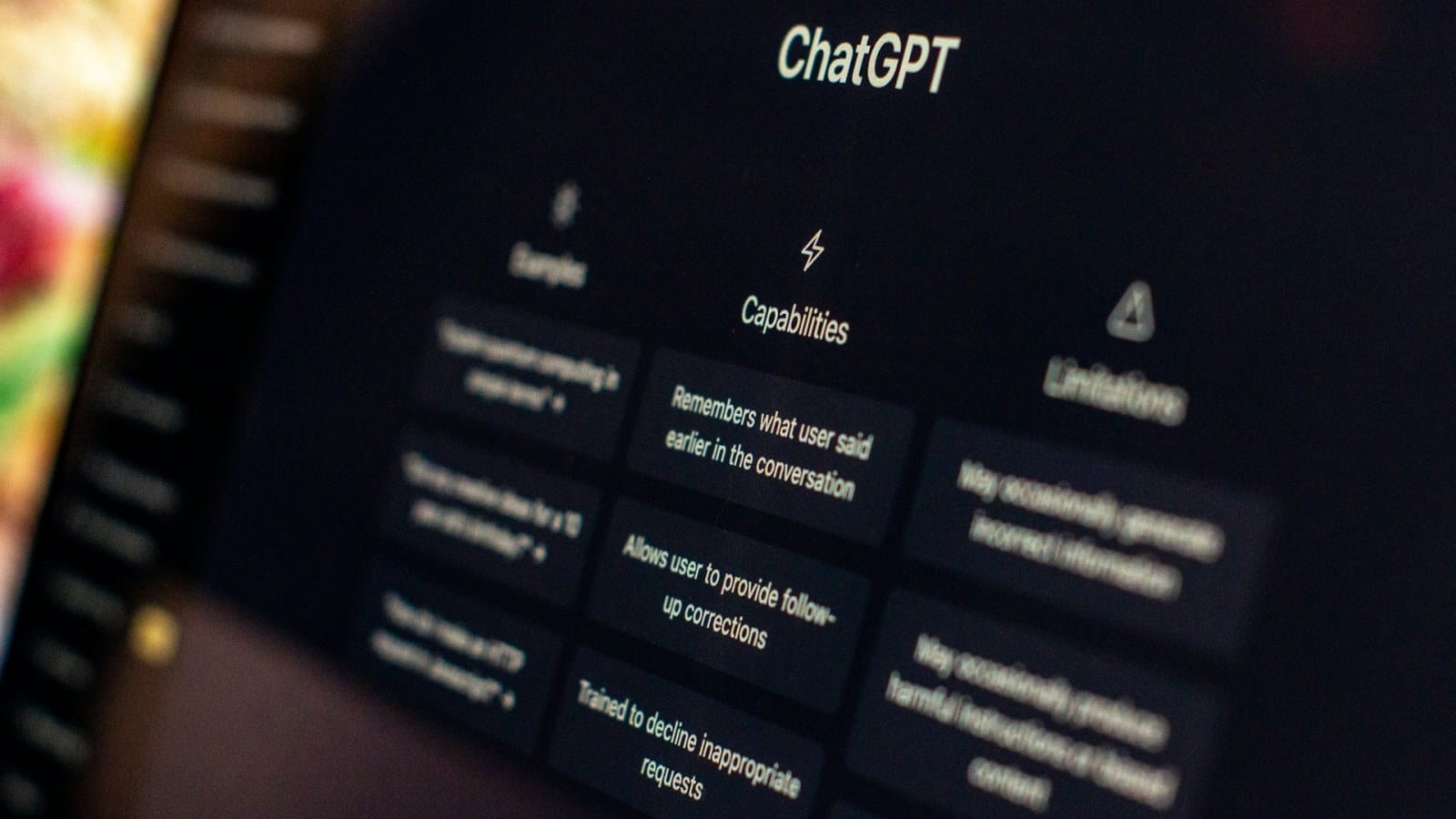Branching Conversations in ChatGPT Explained: Benefits and Practical Use Cases

The introduction of branching conversations in ChatGPT marks a major step forward in how AI-powered chats can be structured and reused. Instead of starting over every time you want to test a new idea, you can now split off a branch at any point in the dialogue. This feature is often called the ChatGPT branching feature or branch chat and it has powerful implications for both everyday users and business workflows.

In this article, we’ll explain exactly how ChatGPT branching works, what makes it different from a simple restart, and share concrete branch conversation examples in ChatGPT that show the benefits in action.
Why Branching Conversations Matter
Anyone who has worked with AI chat systems knows the problem: once a conversation drifts too far in one direction, it becomes difficult to get back to an earlier point without losing context. Branching solves that.
Instead of starting a fresh chat, you can now create a new path directly from the current state. Think of it as version control for conversations a way to test multiple variations while keeping the original intact.
Video Example
How the ChatGPT Branching Feature Works
Here’s a step-by-step explanation of how branching in ChatGPT actually functions:
- Conversation history as a foundation
Every chat builds on a chain of messages. Branching captures that chain up to a chosen point. - Creating a branch
At any point, you can select a previous message and choose Branch. This spins off a new conversation starting at that point. - Parallel exploration
The original continues as-is, while the branch lets you explore an alternative direction. - Saving and revisiting
Branches are stored like separate sessions. You can jump back into them later, without overwriting your main thread. - Scalable experimentation
For users who run complex projects or multiple tests, this branching feature removes the need to manually recreate prompts.
It’s not just about convenience branching fundamentally changes how you can structure and manage long-running AI interactions.
Key Benefits of Branching in ChatGPT
- Flexibility: Explore multiple variations without losing your main conversation.
- Clarity: Keep clean, documented paths instead of messy restarts.
- Efficiency: Reduce repetitive prompting and manual restarts.
- Scalability: Handle larger projects where multiple outcomes need testing.
- Consistency: Ensure reproducibility in workflows and decision-making.
Branch Conversation Examples in ChatGPT
To really understand the value of branching, let’s look at some real-world scenarios where the feature makes a difference.
1. Marketing Campaign Variations
Suppose you ask ChatGPT to draft a LinkedIn ad campaign. After the first draft, you want to test different tones:
- Branch A: Formal, professional copy.
- Branch B: Casual, conversational copy.
- Branch C: Data-driven, focused on ROI.
Instead of starting over each time, you branch from the original draft and quickly compare results side by side. This saves time and makes A/B testing effortless.
2. Product Development Brainstorm
Imagine you’re brainstorming features for a new SaaS platform. At one point, the AI suggests integrating with a third-party API. You can:
- Stay on the main branch to continue refining that idea.
- Create a branch to explore what happens if you don’t use an API and build custom middleware.
- Spin off another branch to test a low-code integration approach.
Within minutes, you now have three parallel product roadmaps to compare all built from the same starting context.
3. Data Science Hypotheses
A data scientist asks ChatGPT for potential reasons behind a sudden traffic spike. By branching:
- Branch 1: Explore marketing campaign impacts.
- Branch 2: Investigate bot traffic or scraping activity.
- Branch 3: Analyze seasonal or external events.
Each branch is like a hypothesis test, documented and saved. This improves traceability and avoids confusion later in reporting.
4. Customer Support Playbooks
In support teams, branching is particularly powerful. For example:
- Main thread: handling a refund request.
- Branch 1: explore escalation path to manager.
- Branch 2: explore alternative resolution with a discount.
- Branch 3: test knowledge base article handoff.
This produces multiple ready-to-use scripts without overwriting the original conversation.
Business Impact of Branching Conversations
The ChatGPT branch feature isn’t just a UX improvement. It also has serious implications for business workflows:
- Documentation: Each branch serves as a record of how decisions were made.
- Compliance: Different versions of customer interactions can be stored for auditing.
- Experimentation at scale: Teams can run multiple strategic directions in parallel.
- Training data generation: Branches can be reused as examples to train staff or fine-tune models.
Risks and Considerations
Of course, there are trade-offs to keep in mind:
- Information overload: Too many branches can lead to clutter if not managed.
- Governance: Teams must decide how to store, label, and archive branches.
- Context creep: Branches still rely on prompt history, which may include irrelevant details.
- Privacy: Branching can replicate sensitive information into multiple threads.
Handled well, these are manageable but businesses adopting branching at scale should plan governance frameworks from day one.
The Future of AI Collaboration
Branch conversations are not just a convenience; they represent a new way of collaborating with AI. Much like Git revolutionized software development, branching in AI chats introduces structured exploration, reproducibility, and clarity.
When combined with automation tools or embedded into custom AI agents, branching becomes even more powerful. Companies can integrate this logic into workflows for marketing, product research, or even compliance reporting.
Final Thoughts
The ChatGPT branching feature is more than a side option in the menu. It changes how users think about conversations, documentation, and experimentation. By allowing multiple directions to unfold in parallel, it opens the door to structured, scalable AI use cases.
If your business wants to explore branch conversations in ChatGPT beyond simple chats, Scalevise helps companies design, implement, and optimize AI workflows that make the most of these features.
Contact Scalevise today to see how branching can support your automation and AI strategy.
